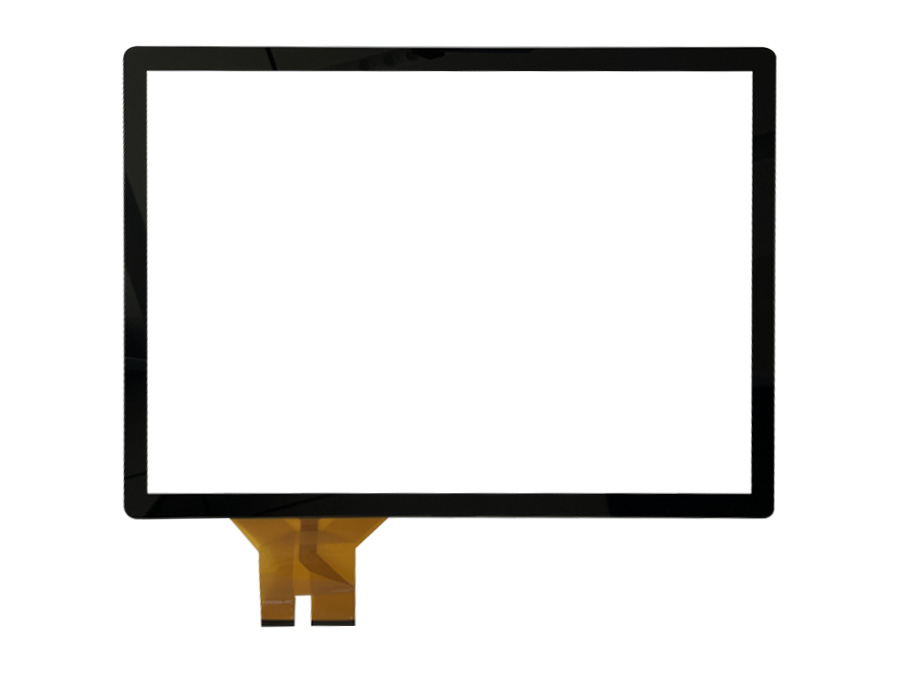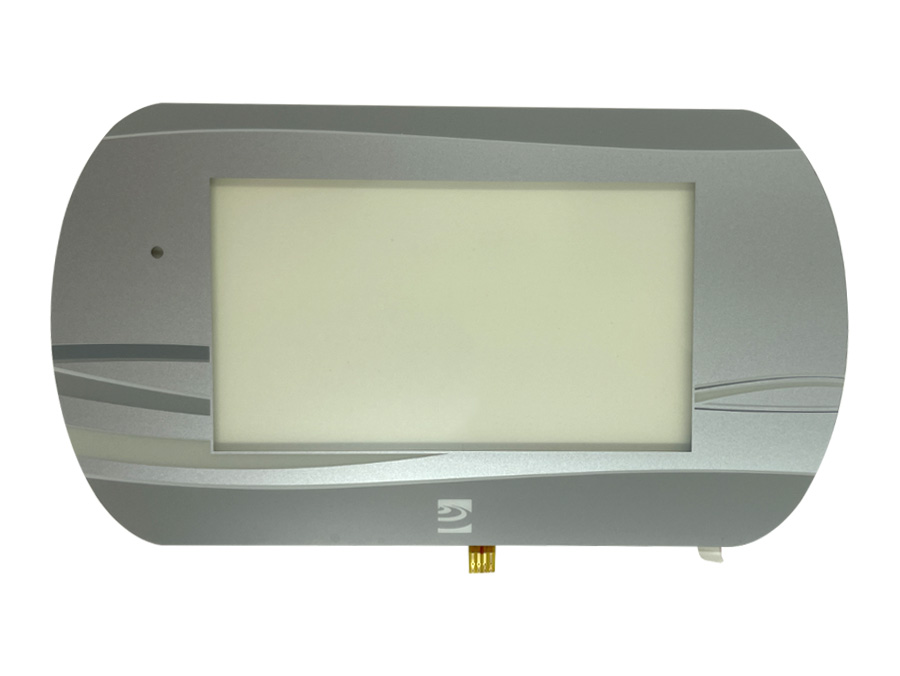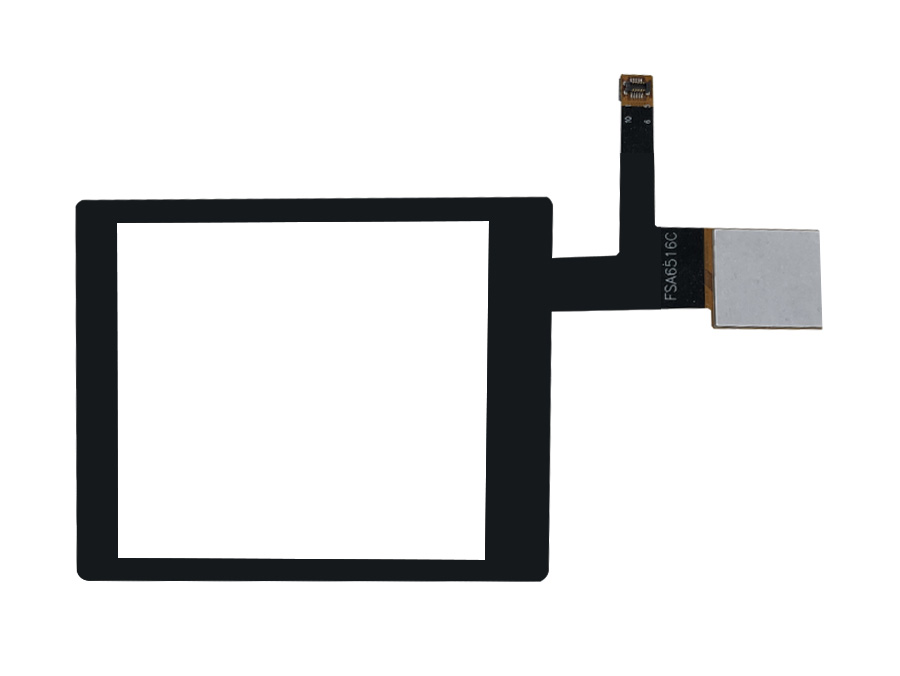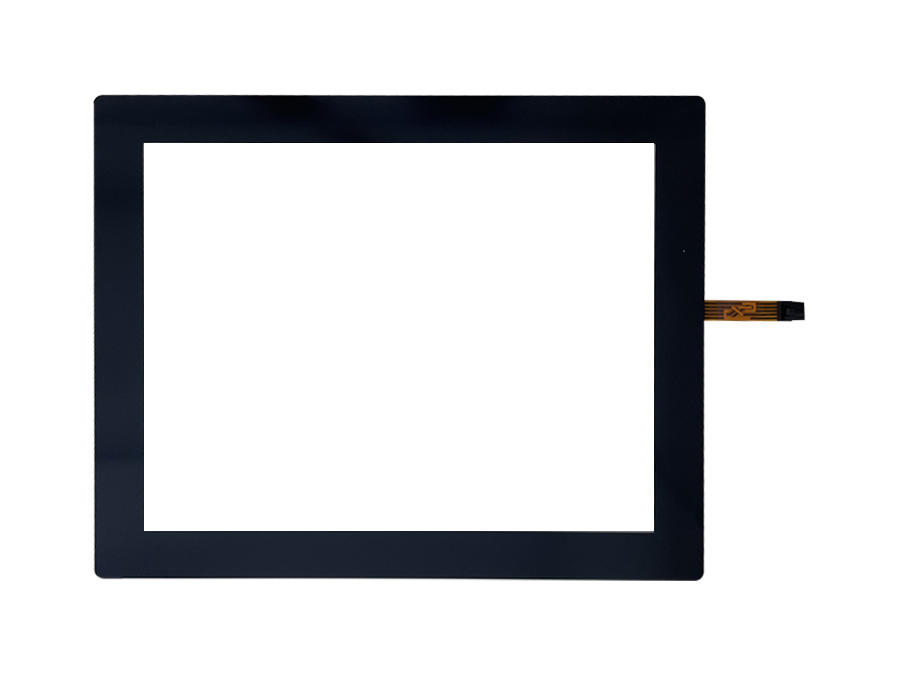Flexible OLED, as an important development direction in the field of semiconductor display, has attracted more and more attention from the market.
According to statistics from DSCC, a consulting company, about 83% of the 5G mobile phones released in the current terminal market use OLED screens, and foldable mobile phones have become the first choice for 5G flagship models of major terminal manufacturers such as Huawei.
From the display panel side, flexible display panel shipments are also on the rise. In 2019, China's AMOLED panel factory shipped about 56 million pieces, an increase of 133.5%, the global shipment accounted for 12%, of which BOE ranked second in the world, in the domestic market, BOE flexible product shipments as high as 86.7%, maintaining the industry leading position.
In 2020, with the implementation of the country's "new infrastructure" strategy, China's 5G commercialization and the construction of the Internet of Things will also speed up, and smartphones as interactive ports will become indispensable in People's Daily lives, driven by first-line manufacturers, flexible OLED products or will fully penetrate the LCD and rigid OLED smartphone market.
So, why are flexible OLeds favored? What are its application advantages and its preparation process, this article will do a detailed explanation.
01 Application advantages of flexible display
Flexible display refers to the display technology of using flexible substrate to prepare ultra-thin, ultra-light and flexible products. Based on flexible display technology, the mobile phone can be worn on the wrist, the tablet can be folded into a small pocket, and the TV can be rolled up like a painting scroll.
AMOLED (Active matrix organic light-emitting Diode) is a self-luminous display device based on organic materials, which is mainly composed of substrate, TFT driver array and OLED light-emitting device (metal cathode + organic light-emitting layer + anode). It has the characteristics of ultra-thin, fast response speed, wide viewing Angle, high contrast, etc., which is very suitable for flexible display.
When AMOLED uses flexible substrate materials such as polymer plastics or metal foils, it has strong anti-bending ability and can realize dynamic bending display, and even folding display, which has broad application prospects in smart phones, wearable devices and vehicle and other fields.
According to the development of flexible display technology, flexible product forms generally go through three stages of development: Bendable, Foldable and Rollable.
In recent years, the development of flexible smart phones is basically these three stages:
1, flexible and bendable: in fact, it has been applied to double-arc edge full-screen mobile phones. However, the purpose of this design is to increase the screen proportion, and it does not bring "flexible" fun to users.
2, flexible foldable: it brings flexible smart phones to a new stage of development. In February 2019, Huawei launched its first 5G flexible foldable phone at Mobile World Congress, the Mate X, which is equipped with BOE 8-inch flexible screen that folds along a fixed hinge, making the smartphone double as a tablet. This is the meaning of flexible folding technology to intelligent mobile terminals: a multi-purpose machine, easy to carry.
3, flexible crimp: the screen can be arbitrarily crimp, will subvert the inherent form of smart terminal, break the boundary between smart phones, tablets, notebooks, monitors and other products.
In 2018, in the program "Come On! To the Future" of CCTV channel, there was a content specifically designed for the flexible screen with very harsh experimental conditions: manual screen rolling of 1mm radius scrolls, boiling water at 100 ° C, and 4 tons of hydraulic pressure.
However, this 5.99-inch flexible screen provided by Jingdong Fang Chengdu flexible 6 generation line is surprisingly tenacious, intact after being "abused" and still able to display normally, which is amazing.
Although it is only a popular science experiment for flexible crimping, the future application of flexible crimping is already very interesting. Flexible crimping, the quality of domestic flexible screen has been available, but the introduction of flexible crimping intelligent terminal, but also requires the efforts of the entire industry, such as batteries, PCB, protective glass and other components need to achieve flexibility.
02 Flexible OLED display device production process
The structure of the flexible OLED device mainly has two parts: backplane (BP) and organic light-emitting layer (EL), and the corresponding process is divided into three parts, one part is the backplane technology, one part is the EL technology, and the last part is the package, as shown below.
At present, flexible AMOLED usually uses LTPS (low temperature polysilicon) backplane.
Flexible OLED panel main process flow
1. ITO substrate pretreatment
ITO, as the anode, is usually formed during the process of making the TFT backplane. The flatness and cleanliness of the substrate surface will affect the growth of organic film materials and OLED performance, so the ITO surface must be strictly cleaned.
2. EL film formation
After ITO substrate pretreatment, OLED materials including small organic molecules, high polymer, metals and alloys are prepared. Most of the organic small molecule films are prepared by vacuum thermal evaporation, soluble organic small molecule and polymer films can be prepared by a simpler, faster and low-cost solution method, and has developed spin-coating, inkjet printing, laser transfer and other technologies. Metal and alloy films are usually prepared by vacuum thermal evaporation. The following focuses on vacuum thermal evaporation and inkjet printing two processes.
(1) Vacuum thermal evaporation: refers to the evaporation of the material into atoms or molecules through current heating, electron beam bombardment and laser heating in vacuum, they then move in a straight line with a large free path, colliding with the substrate surface and condensing to form a film. The specific position of the evaporation film is controlled by the Fine Metal Mask (FMM).
Evaporation process has strict requirements for vacuum degree, film thickness, FMM alignment and impurity control during material transfer. At present, evaporation process has the highest equipment and technology maturity in various EL film forming methods, and it can be used to prepare injection layer, transport layer, luminescent layer and cathode materials. Its disadvantages are slow film formation speed, low utilization rate of organic materials, and poor uniformity of large size film formation. Therefore, the evaporation process is mainly used for the preparation of small and medium-sized OLED devices.
(2) Inkjet printing: refers to the pre-filling of ink made of various organic functional layer materials into the ink cartridge, the use of computers to convert graphic information into digital signals, and control the movement of the nozzle and the extrusion of ink droplets, and the ink droplets are sprayed to the corresponding position to form the required pattern, so as to achieve accurate, quantitative, positioning deposition, and complete the final printing product. Inkjet printing can be used to prepare hole transport layer, luminescent layer and cathode material, other film layers still need to be completed by evaporation process, full film layer inkjet printing technology is under development. Compared with evaporation, inkjet printing process is simple, greatly improve the material utilization rate, suitable for the preparation of large-size OLED devices. In the future, with the maturity and large-scale application of printing technology, the manufacturing cost of OLED can be greatly reduced.
Among the related technologies of inkjet printing, the development of polymer ink is the most important, because the uniformity of the ejected droplets mainly depends on the physical characteristics of the ink. At present, due to the ink formulation and printing process is not stable enough, it is easy to cause poor EL performance, uniformity and reliability, which is an urgent technical problem for inkjet printing.
3. Packaging process
In order to prevent water oxygen and dust from entering the OLED display device and causing its life and performance to decline, it is necessary to develop OLED packaging technology. At present, the common packaging technology is glass or metal cover plate packaging, and film packaging.
(1) Traditional cover plate packaging: OLED glass and glass cover plate or metal cover plate are bonded with UV-curable adhesive in an environment full of inert gas, so as to seal the organic layer and electrode between the cover plate and the substrate, and isolate the external water oxygen and dust. The disadvantage of the cover package is that the metal cover is easy to warp and deform, and the glass cover is fragile, and it is not suitable for the development of flexible OLED technology.
(2) Film packaging: by depositating a certain thickness of the film protective layer to replace the cover plate packaging, is the current mainstream OLED packaging process. Thin film packaging includes inorganic film packaging, organic film packaging and organic/inorganic layer overlapping composite packaging. Thin film packaging usually relies on PECVD (ionized chemical vapor deposition, that is, the gas containing film component atoms is ionized by microwave or radio frequency, etc., to form a local plasma, and the plasma is chemically active and easy to react, and the desired film is deposited on the substrate). However, with the rise of flexible OLED and the requirements of thin and light, The thickness of the packaging layer is also required to become thinner and thinner. To achieve good density at a small thickness, so as to obtain excellent water-oxygen barrier properties, which requires high technical requirements. The current internal review of the industry uses ALD (Atomic layer deposition, that is, a method that can be deposited layer by layer on the substrate surface in the form of a single atomic film, similar to ordinary chemical deposition) process to achieve this effect.
03 Outlook
As can be seen from the above flexible OLED preparation process, the flexible OLED process is more complex than LCD, especially the core evaporation process of high yield, which is still mainly in the hands of Korean manufacturers.
For a long time in the past, Korean manufacturers have a monopoly advantage in the flexible OLED market with their capacity and yield advantages.
At present, BOE's flexible 6-generation line in Chengdu and Mianyang has achieved mass production, of which the production yield of Chengdu flexible 6-generation line has reached a high level in the industry, and the competitiveness of domestic flexible screens is steadily improving.
With the maturity of the flexible process, the production yield of domestic flexible screens will be further improved, and there may be opportunities to achieve corner overtaking in the global market competition.






